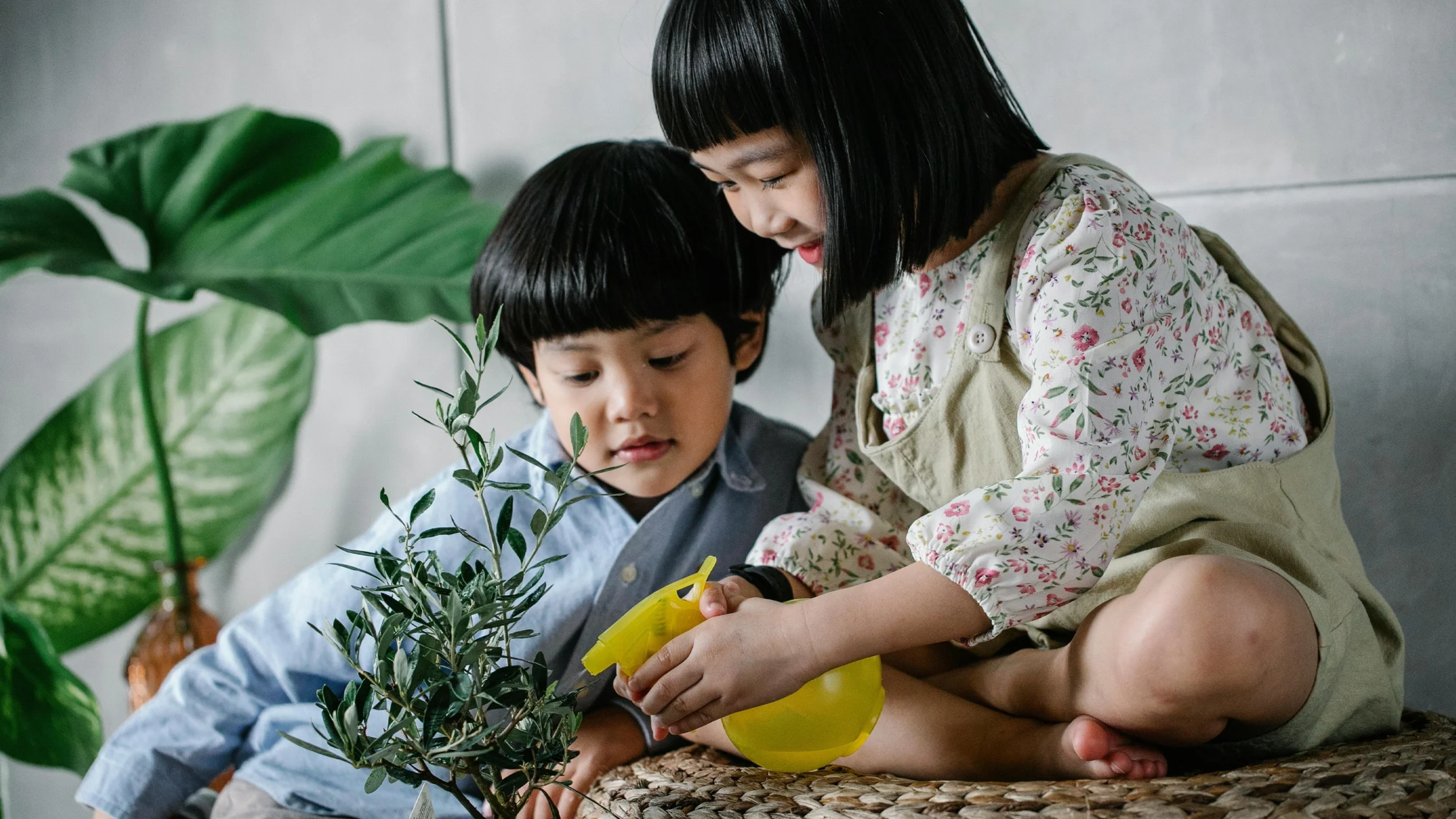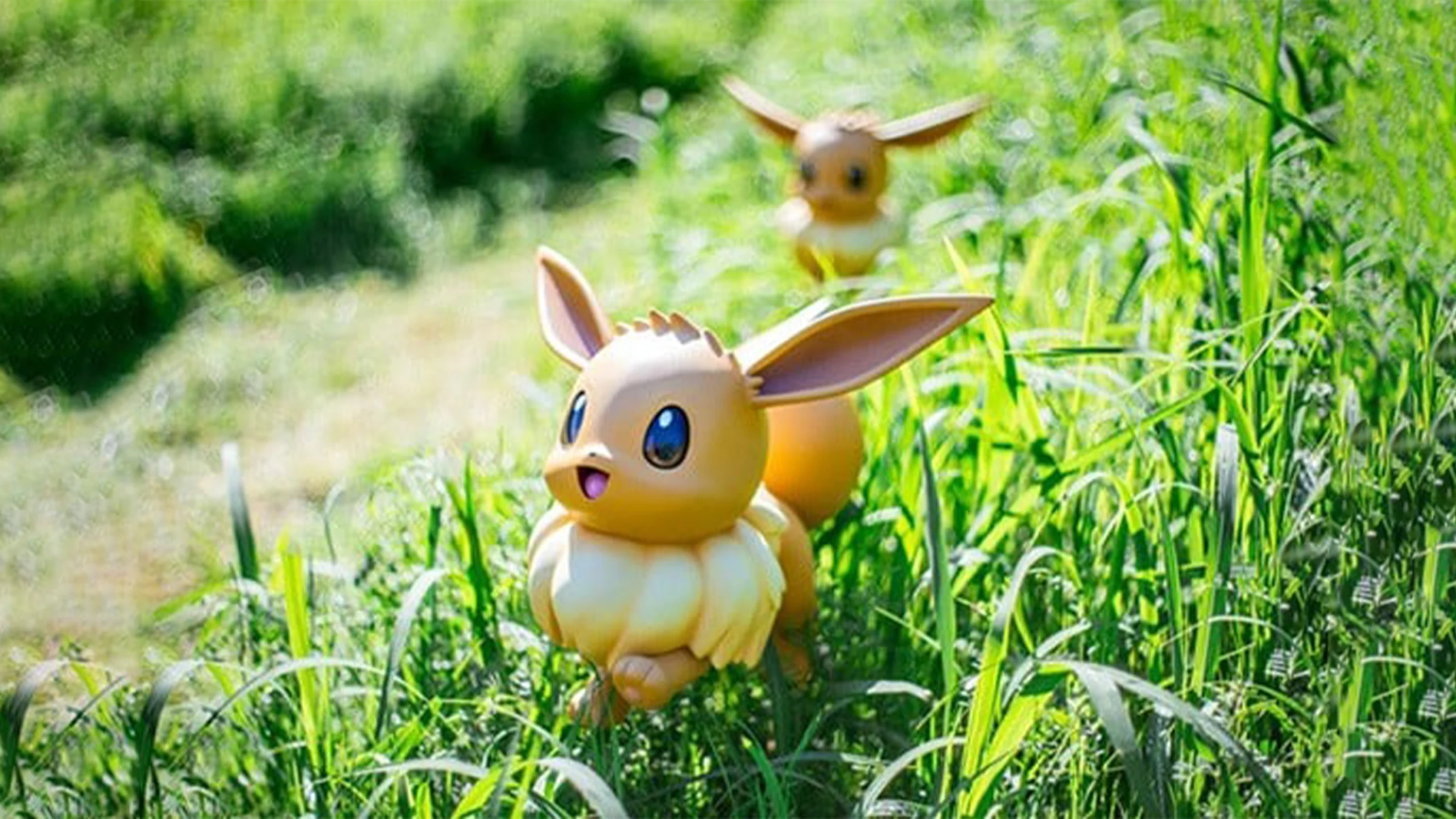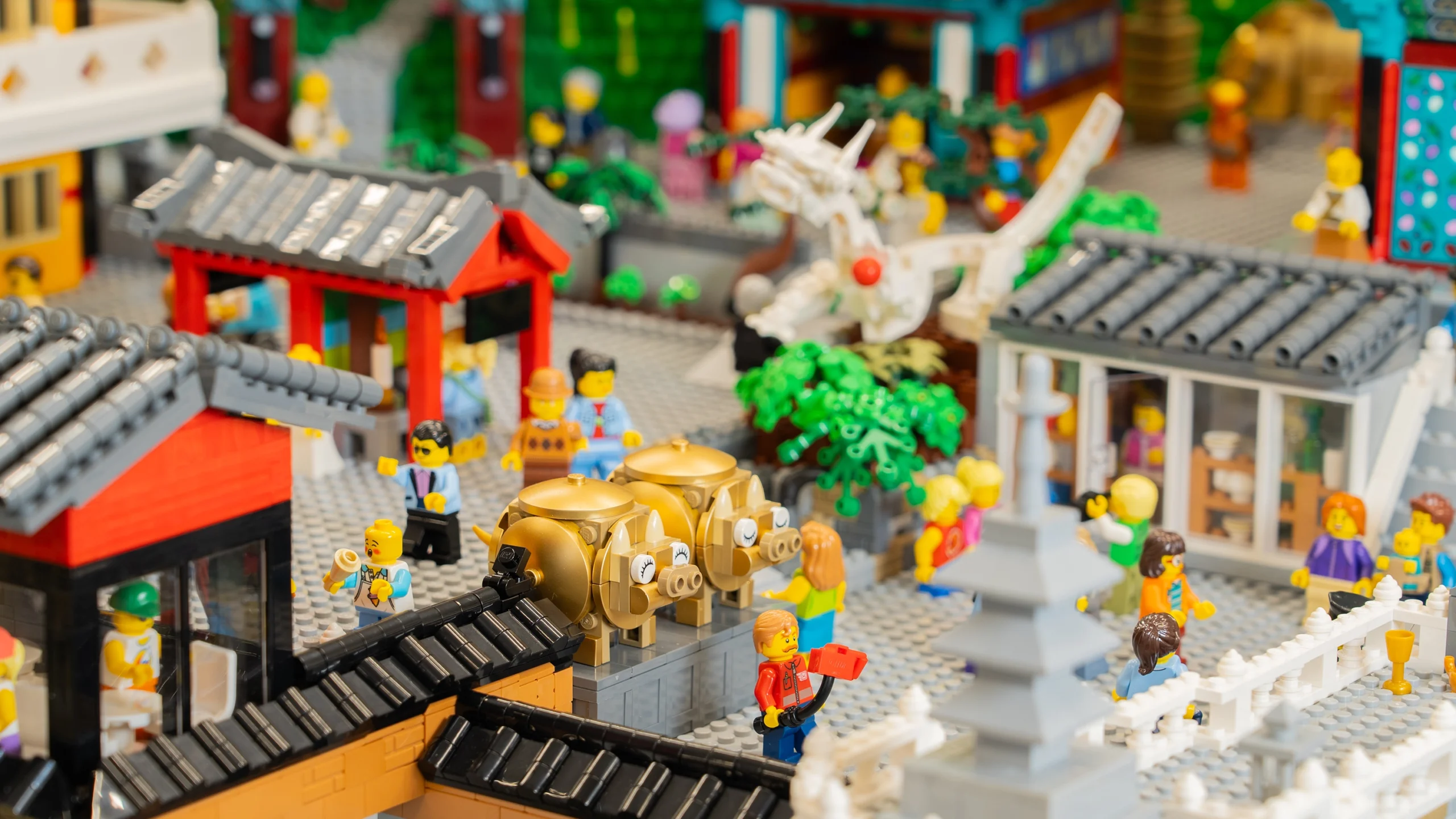National Environment Awareness 2025: Raising Kids To Be Earth-Wise With Tech
National Environment Awareness 2025 calls for families to become more earth-wise with tech and progress
While the world celebrates World Earth Day in June, the Philippines celebrates National Environment Month in November. And for National Environment Awareness 2025, it’s become more obvious that the many things we thought were for progress have damaged the earth.
Sustainability and being eco-friendly aren’t about being trendy. It’s about translating the realization of who’ll inherit the world after the many innovations. Our kids will be at the mercy of Mother Earth, or the one Filipinos call Inang Kalikasan.
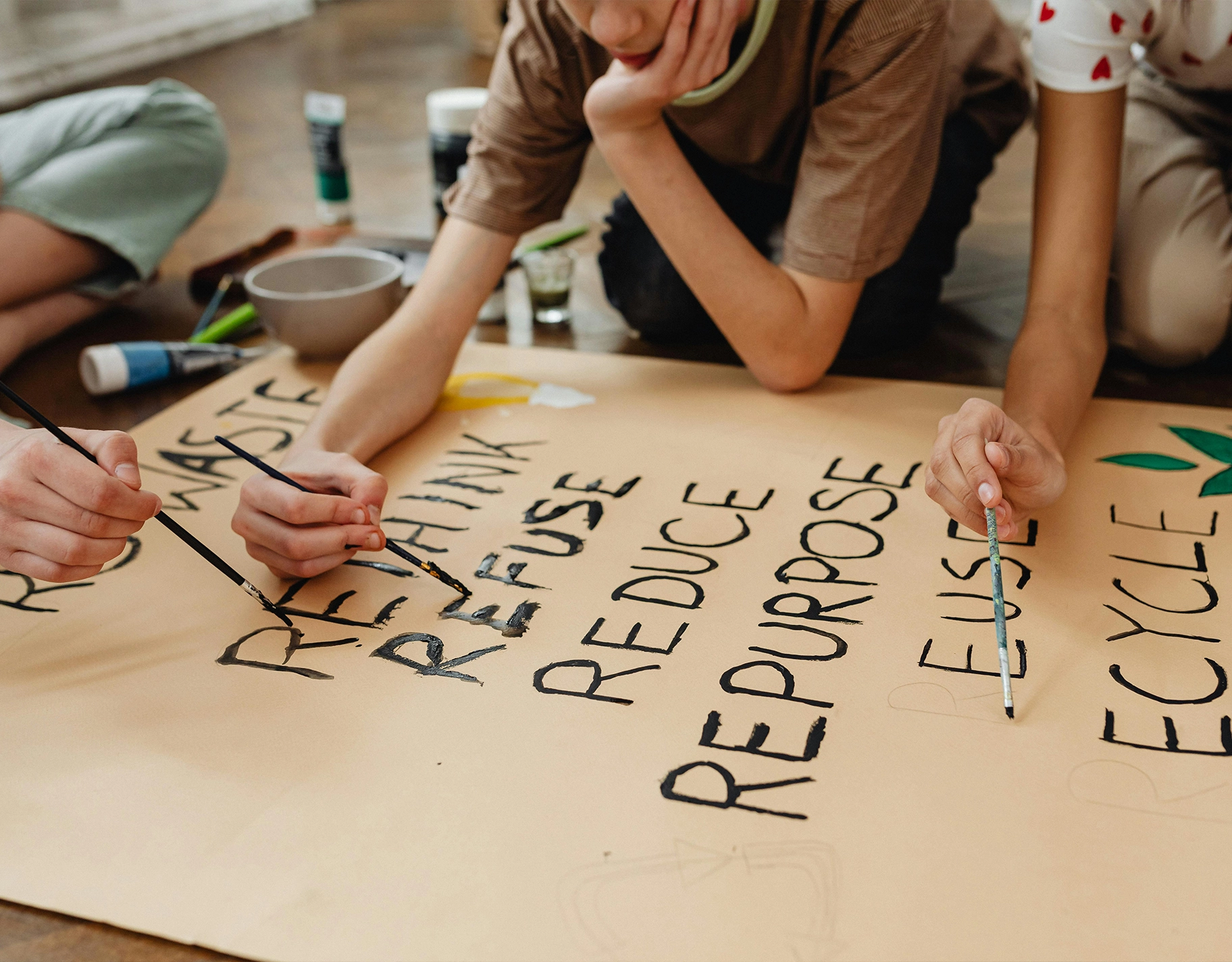
What is National Environment Awareness Month?
When former President Gloria Macapagal Arroyo signed Republic Act 9512, she declared November to be National Environment Awareness Month. Doing so would hopefully make Filipinos more aware, as it also reinforces an existing presidential decree, Presidential Proclamation No. 237, which was made in 1988.
During National Environment Awareness Month, educational institutions such as schools and maybe museums are encouraged to include environmental themes. Most of the time, it’s when certain industries start looking for more sustainable options. Fashion has its upcycling and recycling. Architecture replaces certain materials that are sourced ethically or recycled.
And for this year’s theme, the Department of Environment and Natural Resources (DENR) reveals it’s “Greening Education: Promoting Circular Solutions for a Sustainable and Climate-Resilient Future.”
When Environmental Science Takes The Center Stage
Learning about the environment has its own branch of study known as Environmental Science—a study that gets principles from Biology, Chemistry, and Physics, and shows how these create, affect, or possibly destroy the environment.
Unfortunately, kids rarely study environmental science in their younger years. But it’s something they should! Here are reasons to encourage environmental science at home:
They develop the ability to connect and associate things
When many declared Filipinos “functionally illiterate,” it doesn’t mean we don’t understand the concept. It’s more like we lack the bridge that allows us to take a lesson and apply it to real life. Environmental science does that by demonstrating how chemicals can change the soil, affecting the plants, and eventually the air we breathe.
Once they learn how to do that, they can apply that skill to other topics.
Some of the more sustainable methods are actually more efficient
In a world full of technology, we’ve become more efficient in managing time. But we also find out that technology may leave a lot of byproducts, especially when done en masse. Environmental science teaches kids to find a method that satisfies both sustainability and efficiency.
They develop empathy
Kids live in the world we build for them at home. But when they start studying environmental science, they start to see something a whole lot bigger than themselves. They become curious about the cultures and how they treat or thrive alongside nature.
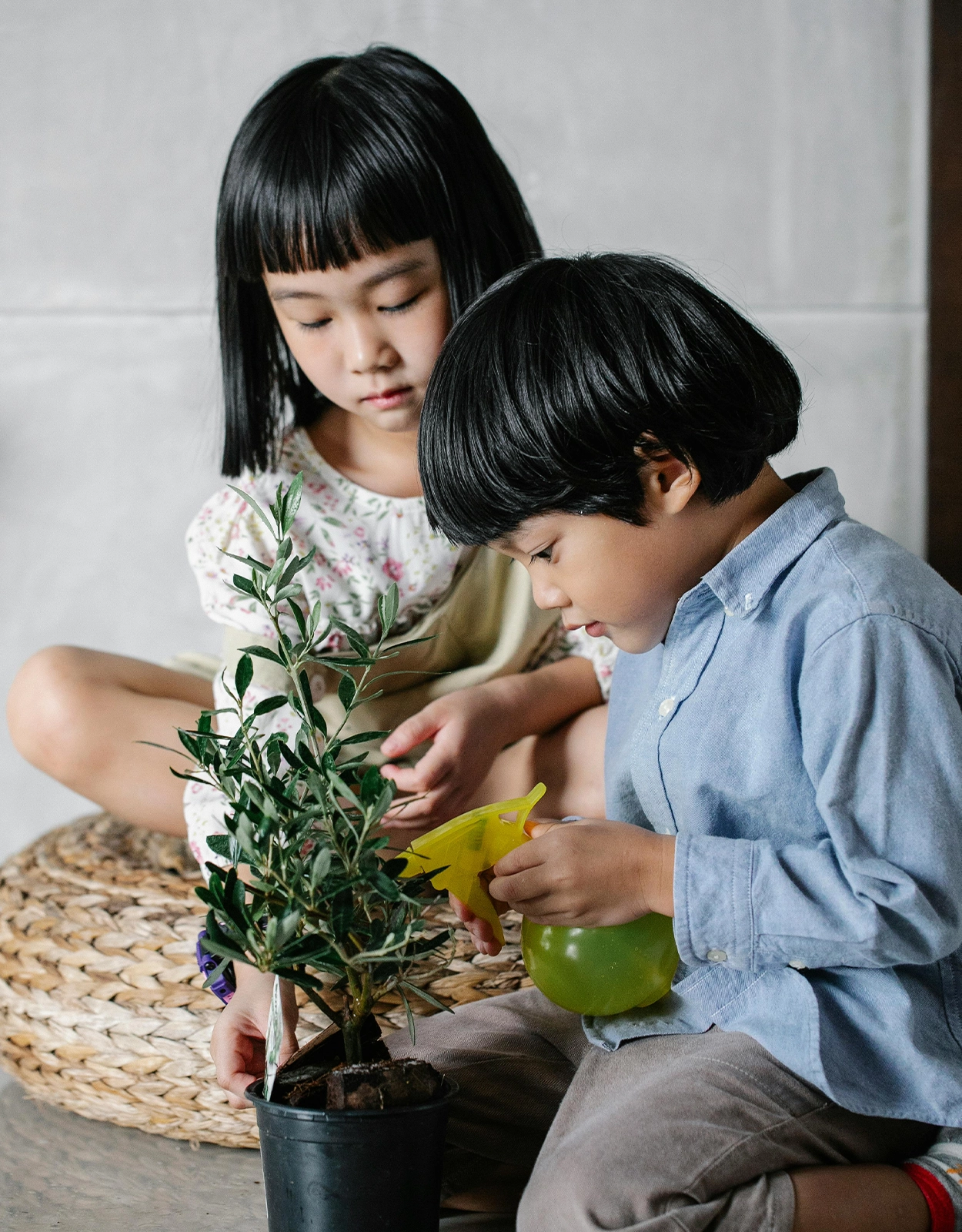
What Families Can Do To Celebrate National Environment Awareness 2025
What better way to find solutions than to try them out ourselves? Here’s what we can do:
1. Aim for Zero Food Waste
Food waste is one of the biggest sources of bugs, which can destroy the environment if they thrive a little too well. At home, find out ways to use the entire ingredient in cooking. For example, beef shank may be used for stews, but its bones can be used for bone broth. Egg shells can be roasted and ground into powder for extra calcium. There are so many ways to reduce waste. We just have to experiment!
2. DIY Upcycling Projects
Filipinos are actually quite resourceful, turning any object into a solution. Like, old jars used to contain sauces can be for dry spices, so long as they’re glass and airtight. Shreds of cloth can be sewn together to make a quilt. There’s a lot to do when it comes to upcycling.
3. Bring Your Own Containers
Especially if we’re the kind of people who do a lot of takeout, bringing your own containers or jugs helps the environment. We may be one person, but eventually others will follow. Some colleges actually encourage that by offering discounts if kids bring their own containers.
4. Create tools out of recycled materials
While artworks are fun, nothing says amazing like creating a tool out of recycled materials. Not only does it reduce the trash, we also create something useful. The best part is, if it works well, we won’t be spending so much at the hardware store anymore!
5. Support Local Eco Programs
Let the kids see the world outside. Go on a forest trail. Visit animal sanctuaries. It’ll expand their mind and help them come up with more viable solutions.
6. Screen-Free “Eco Days”
Dedicate a day to nature exploration, journaling about plants and animals, or crafting with natural materials. A healthy break from screens also fosters curiosity and mindfulness.

Teach Kids To Use Technology To Save The Environment
We’re not just talking about turning off unused lights and the like. It’s time the kids use their high-powered tablets and smartphones to do the one thing it was meant to do: connect them to other sources of information. What can be just a simple windmill can turn into a part of a water pump that’ll bring clean water to far-flung communities.
Environmental science today offers a new challenge to families: use the technology for good. We don’t just mean sharing and posting for awareness on social media. We mean finding the information and applying it in real life. Because when everyone does the same, we start a movement that restores the environment.
Frequently Asked Questions (FAQs)
It’s celebrated every November under Republic Act 9512 to raise awareness about environmental protection and sustainability, reinforcing earlier proclamations like Presidential Proclamation No. 237 (1988).
The DENR’s theme is “Greening Education: Promoting Circular Solutions for a Sustainable and Climate-Resilient Future”, encouraging families to integrate sustainability into learning.
Families can reduce food waste, do DIY upcycling, bring their own containers, create tools from recycled materials, support local eco-programs, and dedicate screen-free “eco days.”
Environmental science develops curiosity, empathy, problem-solving, and the ability to connect real-life consequences with science—helping children become informed and responsible future citizens.
Kids can use tech for learning, experimenting, and creating real-life solutions, like developing renewable energy projects or accessing information to reduce waste, rather than just consuming content online.
More about environment awareness?
When the Wind Howls: A Parent’s Guide to Understanding Typhoon Signals in the Philippines
Thank You Sierra Madre Mountain Range For Protecting Us
Irene M. Villaespin on Making the Eco Shift to Sustainable Living
